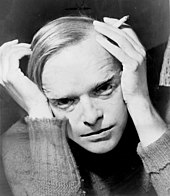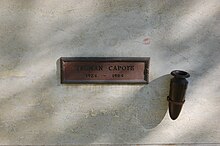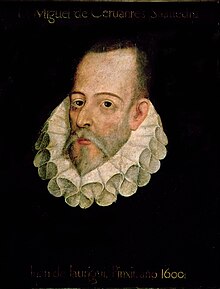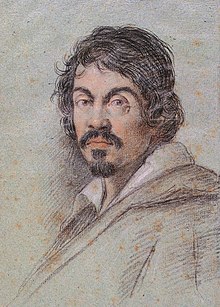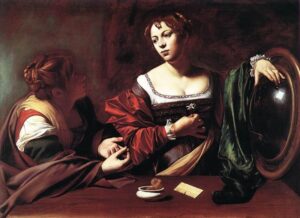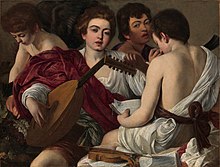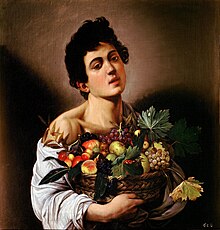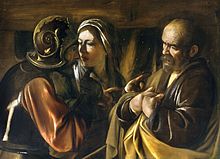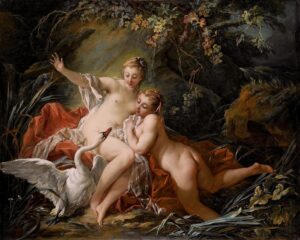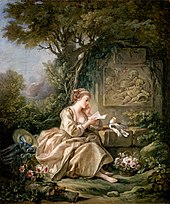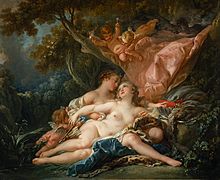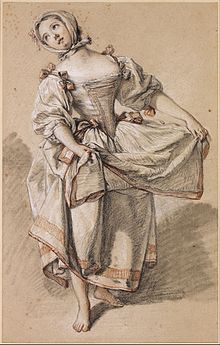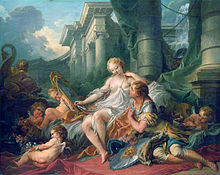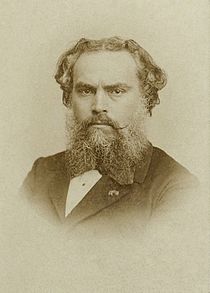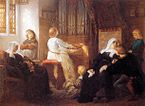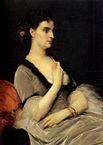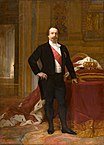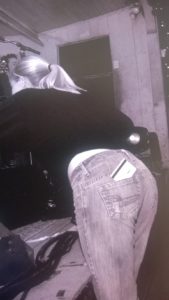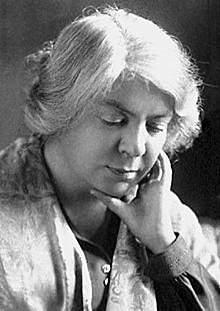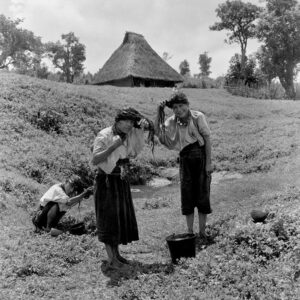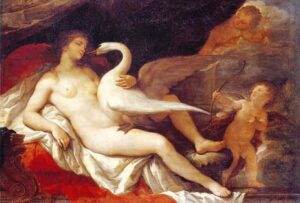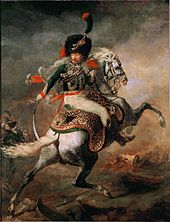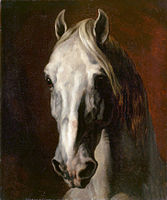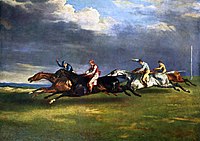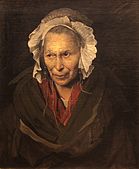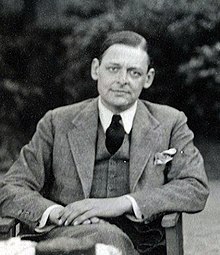Dear Zazie, Here is today’s Lovers’ Chronicle from Mac Tag dedicated to his muse. Follow us on twitter @cowboycoleridge. Rhett
The Lovers’ Chronicle
Dear Muse,
© copyright 2021 mac tag/cowboy coleridge all rights reserved
 yes, but now found
yes, but now found© copyright 2020 mac tag/cowboy coleridge all rights reserved
set upon
thoughts and dreams
that hold the reins
no longer
conquerable
all chains
cast aside
remorse
carefully secured
for the journey
evidently
gittin’ lost
along the way
was necessary
how else
to make sense
of the rough
and rocky travellin’
and the trail
of broken verse
not exactly sure
the choices made
were justified
by the ends,
but they sure as hell
made it possible
© copyright 2018 mac tag/cowboy coleridge all rights reserved
this just in…
there are no guides,
no how to’s,
no damn manuals
for the lost
it is DIY
at it’s best
and worst
s’pose,
doin’ the best you can
is all you can do
sometimes
it was enough
other times,
it was so fuckin’ far
from enough
it was sad
the lucky figure it out
sooner than the unlucky
and the damned
never figure it out
© copyright 2017 mac tag/cowboy Coleridge all rights reserved
And a poem, original lyrics and a song for you. As you know, I am a lyricist but not a melody maker. So, I wrote these lyrics based on a poem written by the French poet Philippe Desportes, who died on this day in 1606. First the poem, then the lyrics, then the SOD.
Conquest
Those eyes that set my fancy on a fire,
Those crispéd hairs that hold my heart in chains,
Those dainty hands which conquered my desire,
That wit which of my thoughts doth hold the reins:
Those eyes for clearness do the stars surpass,
Those hairs obscure the brightness of the sun,
Those hands more white than ever ivory was,
That wit even to the skies hath glory won.
O eyes that pierce our hearts without remorse!
O hands that conquer more than Caesar’s force!
O wit that turns huge kingdoms upside down!
Then, Love, be judge, what heart may there withstand
Such eyes, such hair, such wit, and such a hand?
Those Eyes
Those eyes that set my thoughts and dreams on fire,
Those winsome lips that hold my heart in chains,
Those lovely legs which conquered my desire,
That wit which of my thoughts does hold the reins
Those eyes that pierce my heart without remorse
Those eyes that conquer my will without force
Those eyes for clearness do the stars surpass,
Those lips make all of my thoughts come undone,
Those legs more beautiful than any lass,
That wit even to the skies has glory won
Those eyes that pierce my heart without remorse
Those eyes that conquer my will without force
Then, Love, what I long for under these skies
Those enchantin’ eyes, those enchantin’ eyes
© copyright 2012 mac tag/Cowboy Coleridge all rights reserved
The Song of the Day is “Those Eyes” by Thirsty Merc
| Francesco Guardi | |
|---|---|

Francesco Guardi portrayed by Pietro Longhi (1764)
|
|
Today is the birthday of Francesco Lazzaro Guardi (Venice; October 5, 1712 – January 1, 1793 Venice); painter of veduta, nobleman, and a member of the Venetian School. He is considered to be among the last practitioners, along with his brothers, of the classic Venetian school of painting.
Gallery
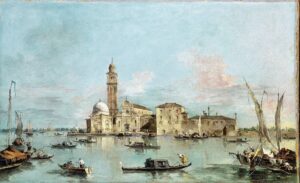
“The Island of San Michele, Venice” (1770)

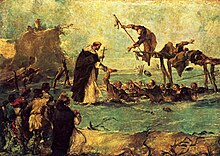


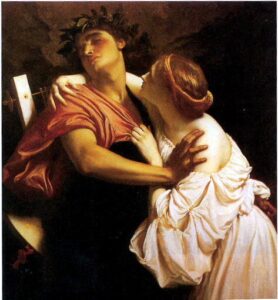
Frederic Leighton – Orfeo ed Euridice 1864
And today is the premier day of Orfeo ed Euridice (French: Orphée et Eurydice; English: Orpheus and Eurydice); an opera composed by Christoph Willibald Gluck, based on the myth of Orpheus and set to a libretto by Ranieri de’ Calzabigi. It belongs to the genre of the azione teatrale, meaning an opera on a mythological subject with choruses and dancing. The piece was first performed at the Burgtheater in Vienna on 5 October 1762, in the presence of Empress Maria Theresa. Orfeo ed Euridice is the first of Gluck’s “reform” operas, in which he attempted to replace the abstruse plots and overly complex music of opera seria with a “noble simplicity” in both the music and the drama.
The opera is perhaps the most popular of Gluck’s works, and was one of the most influential on subsequent German operas. Variations on its plot—the underground rescue mission in which the hero must control, or conceal, his emotions—can be found in Mozart’s The Magic Flute, Beethoven’s Fidelio, and Wagner’s Das Rheingold.
Though originally set to an Italian libretto, Orfeo ed Euridice owes much to the genre of French opera, particularly in its use of accompanied recitative and a general absence of vocal virtuosity. Indeed, twelve years after the 1762 premiere, Gluck re-adapted the opera to suit the tastes of a Parisian audience at the Académie Royale de Musique with a libretto by Pierre-Louis Moline. This reworking was given the title Orphée et Eurydice, and several alterations were made in vocal casting and orchestration to suit French tastes.
Mac Tag
He loved her, of course, but better than that, he chose her, day after day. Choice: that was the thing. – Sherman Alexie


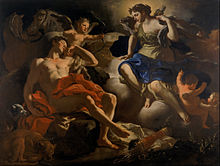

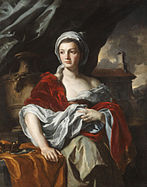
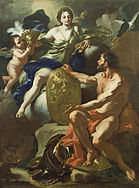
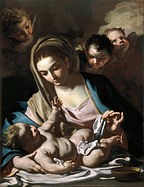

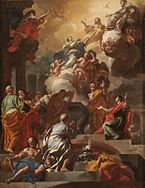







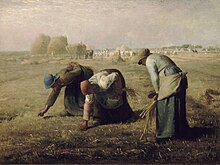
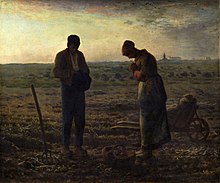
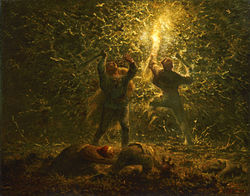

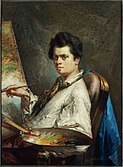





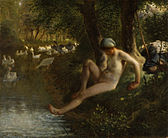








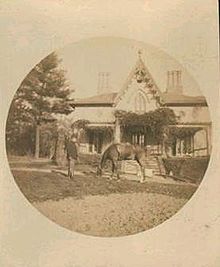



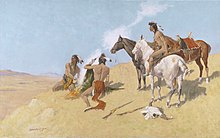





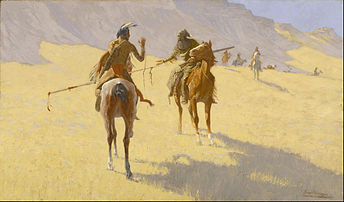








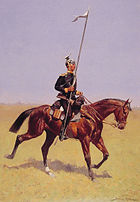

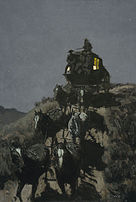
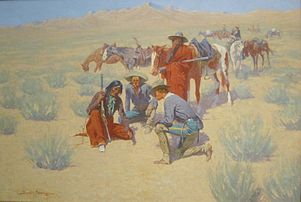


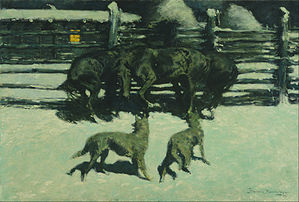

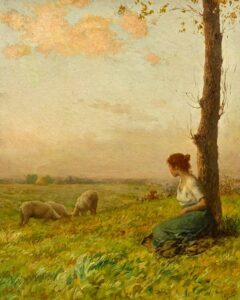
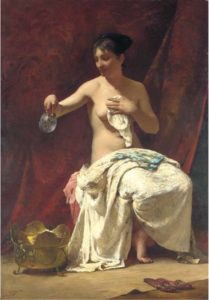
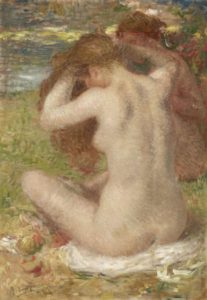

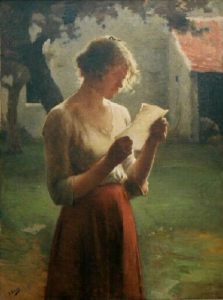

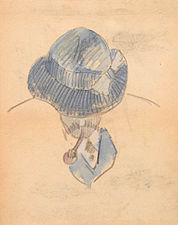



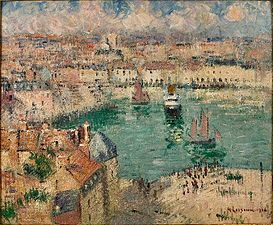



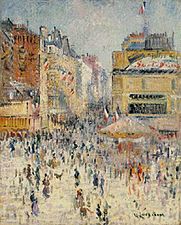







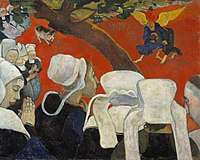




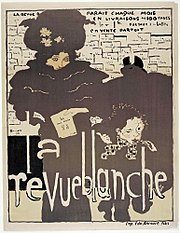
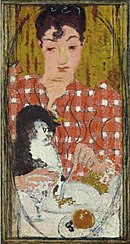
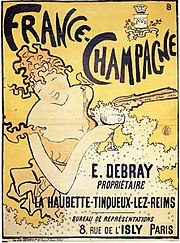









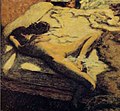




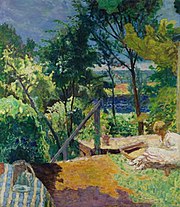












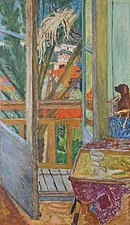


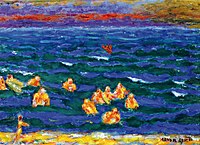


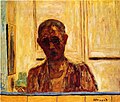





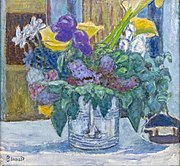

















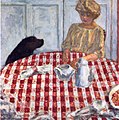







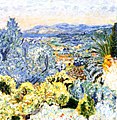




















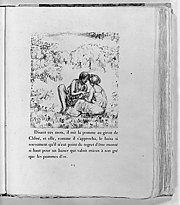

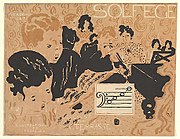
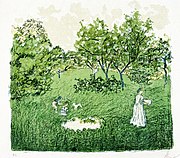
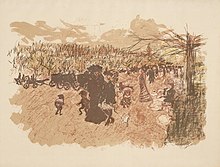


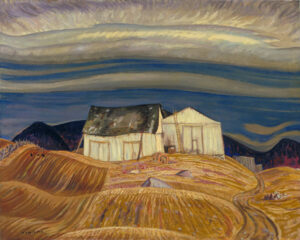
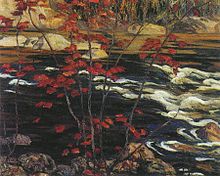








 the signs are here
the signs are here drove on out
drove on out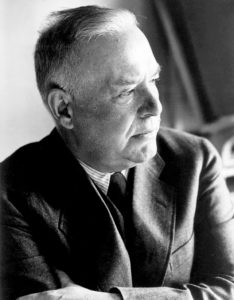 Today is the birthday of Wallace Stevens (Reading, Pennsylvania; October 2, 1879 – August 2, 1955 Hartford, Connecticut); Modernist poet. He was born in Reading, Pennsylvania, educated at Harvard and then New York Law School, and he spent most of his life working as an executive for an insurance company in Hartford, Connecticut. He won the Pulitzer Prize for Poetry for his Collected Poems in 1955.
Today is the birthday of Wallace Stevens (Reading, Pennsylvania; October 2, 1879 – August 2, 1955 Hartford, Connecticut); Modernist poet. He was born in Reading, Pennsylvania, educated at Harvard and then New York Law School, and he spent most of his life working as an executive for an insurance company in Hartford, Connecticut. He won the Pulitzer Prize for Poetry for his Collected Poems in 1955. could be or
could be or
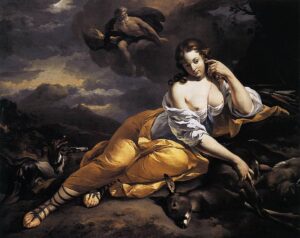
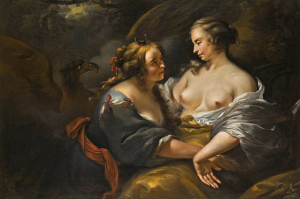



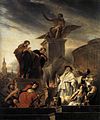
 to find
to find
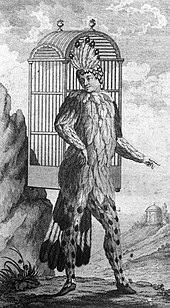



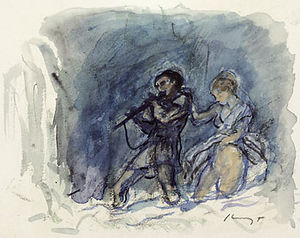
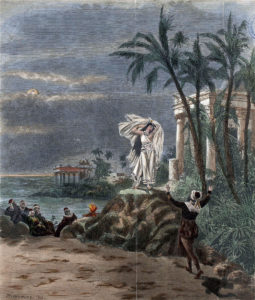 Today is the premier date of Les pêcheurs de perles (The Pearl Fishers), an opera in three acts by composer Georges Bizet, to a libretto by Eugène Cormon and Michel Carré. It was premiered on 30 September 1863 at the Théâtre Lyrique in Paris, and was given 18 performances in its initial run. Set in ancient times on the island of Ceylon (Sri Lanka), the opera tells the story of how two men’s vow of eternal friendship is threatened by their love for the same woman, whose own dilemma is the conflict between secular love and her sacred oath as a priestess. The friendship duet “
Today is the premier date of Les pêcheurs de perles (The Pearl Fishers), an opera in three acts by composer Georges Bizet, to a libretto by Eugène Cormon and Michel Carré. It was premiered on 30 September 1863 at the Théâtre Lyrique in Paris, and was given 18 performances in its initial run. Set in ancient times on the island of Ceylon (Sri Lanka), the opera tells the story of how two men’s vow of eternal friendship is threatened by their love for the same woman, whose own dilemma is the conflict between secular love and her sacred oath as a priestess. The friendship duet “

